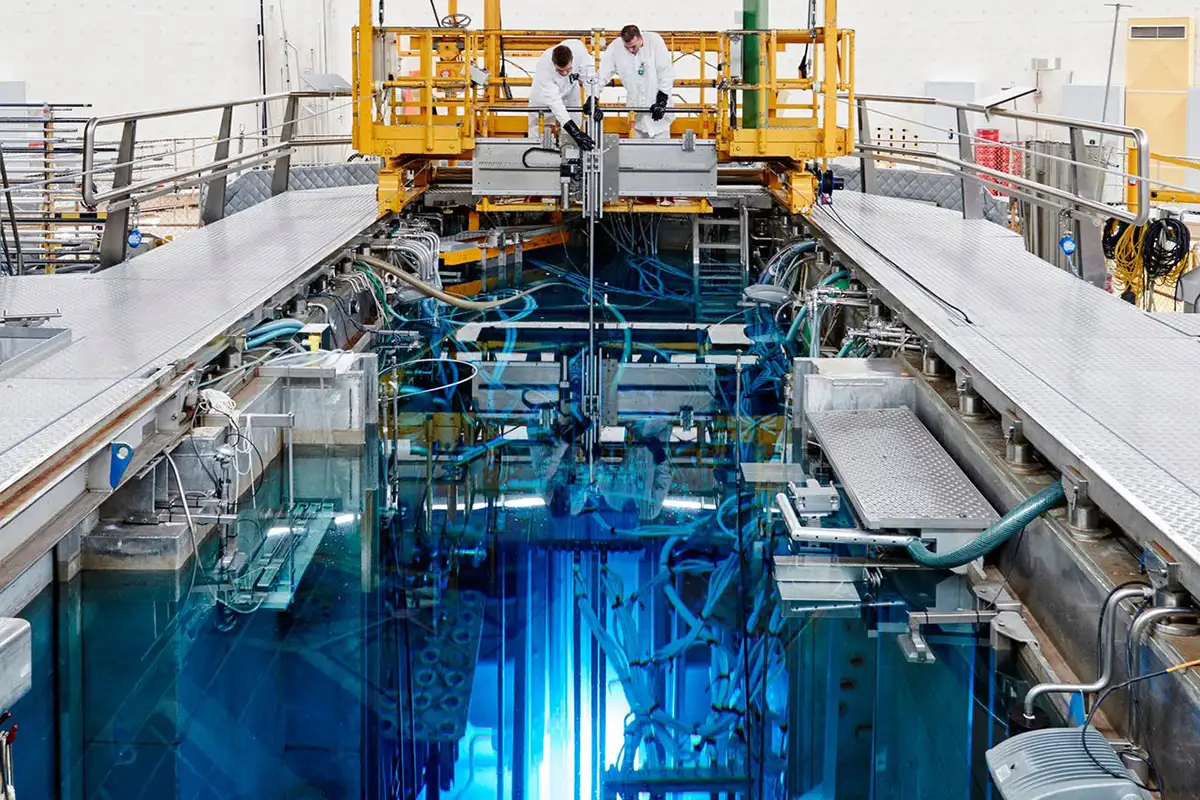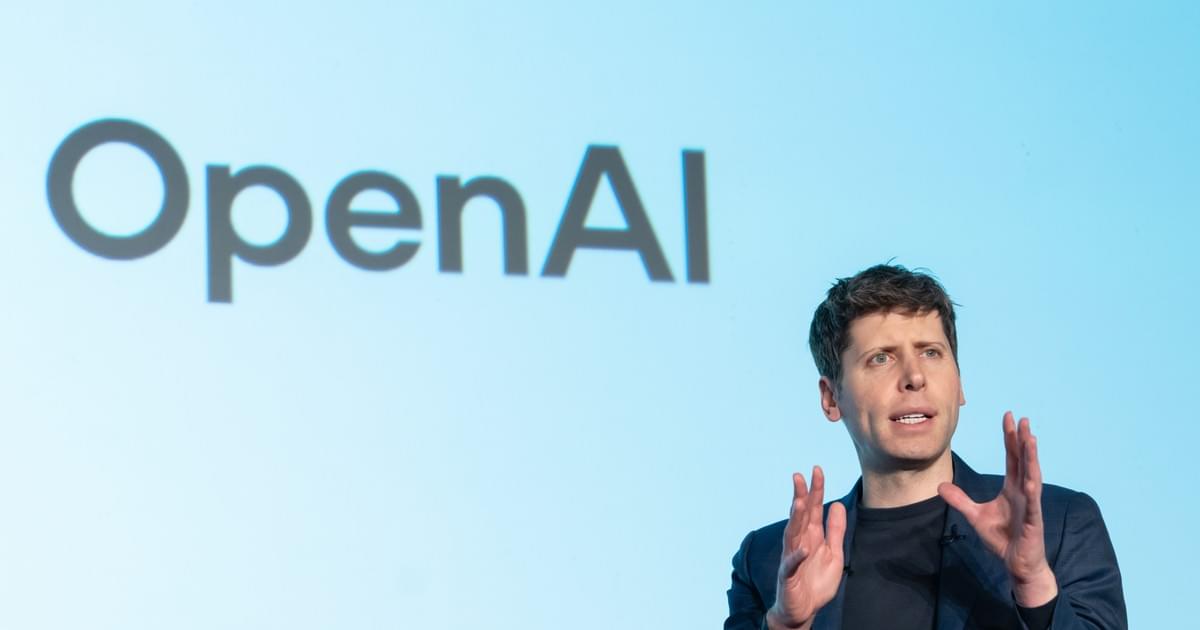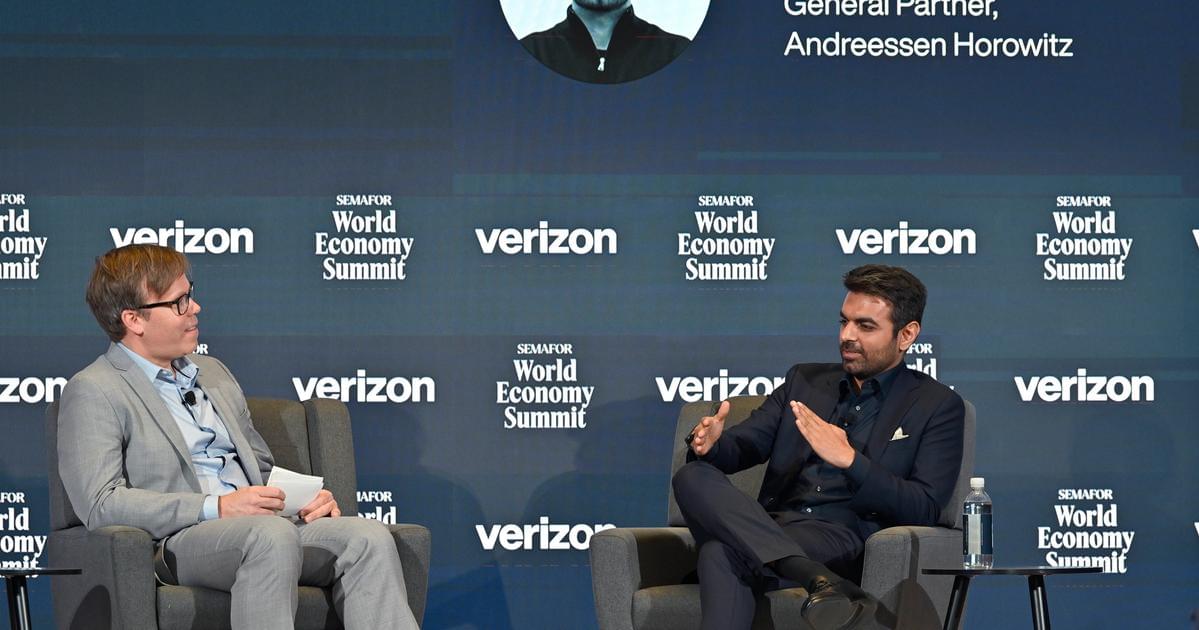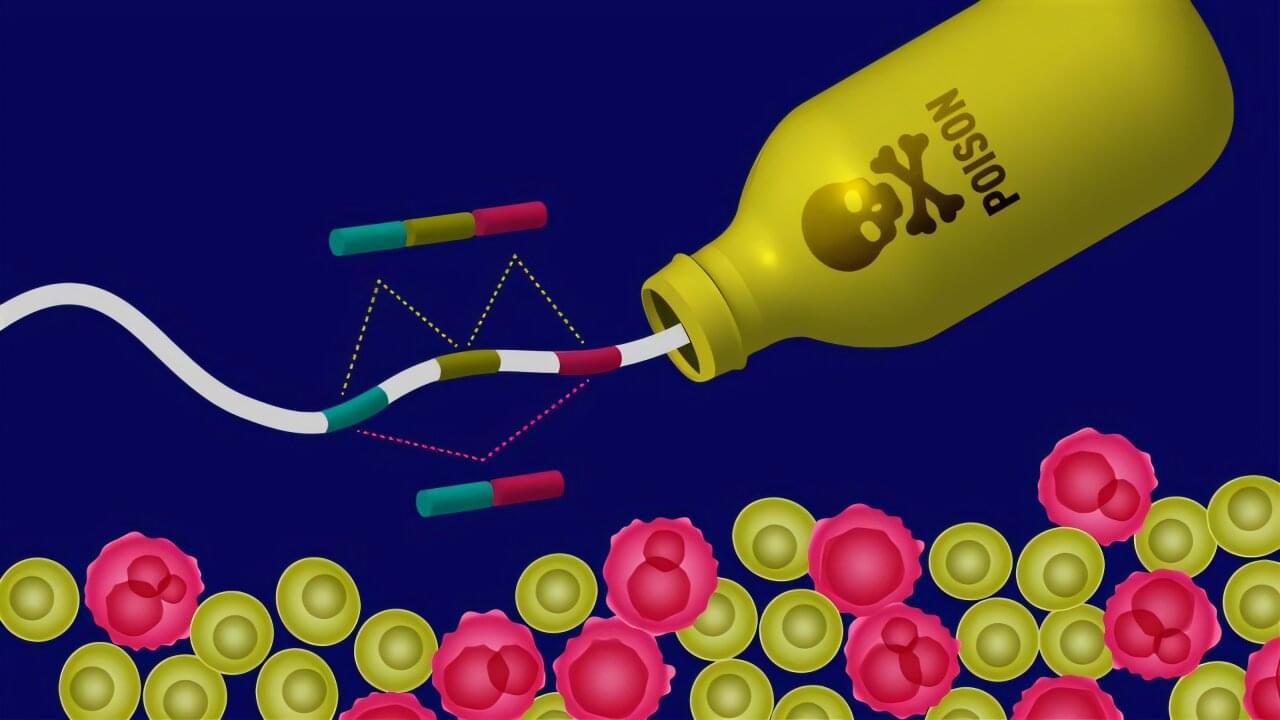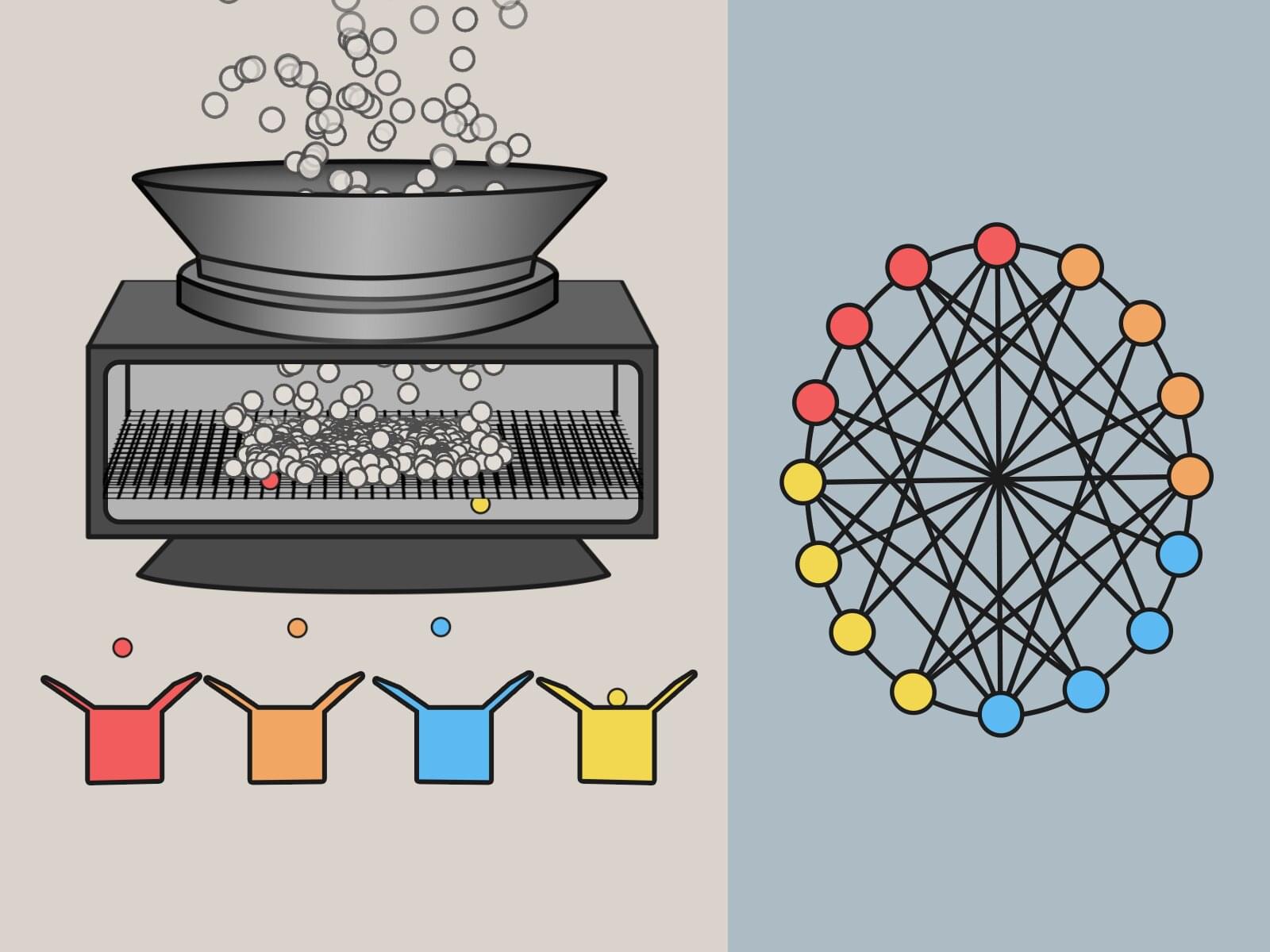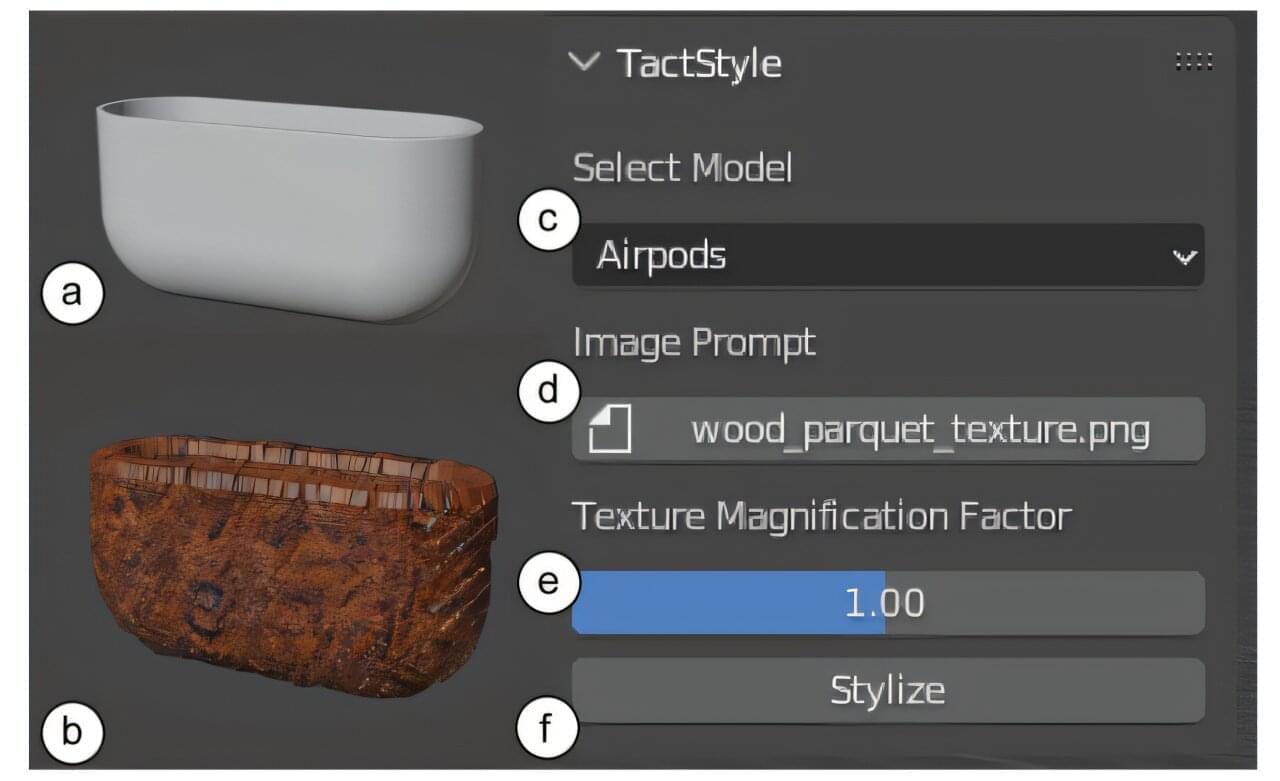They used declassified US documents to develop the technology.
Building GPT-4 took a lot of people. Now, OpenAI says it could rebuild it with as few as five people, all because of what it learned from its latest model, GPT-4.5.
Andreessen Horowitz’s Anjney Midha argues that the US has no choice in terms of how it approaches the artificial intelligence race with China: “We must win.”
Speaking with Semafor’s Reed Albergotti at Semafor’s World Economy Summit on Wednesday, Midha, who is a general partner at the Silicon Valley venture capital firm, said that US AI companies should double down on driving growth rather than stifle innovation over concerns of potentially harmful use cases. People all over the world will choose to use American AI tools, so long as they’re the best available.
“This is why a billion people in India still use WhatsApp. It was invented in Silicon Valley,” Midha said.
Lucid dreaming (LD) is a state of conscious awareness of the ongoing oneiric state, predominantly linked to REM sleep. Progress in understanding its neurobiological basis has been hindered by small sample sizes, diverse EEG setups, and artifacts like saccadic eye movements. To address these challenges in the characterization of the electrophysiological correlates of LD, we introduced an adaptive multi-stage preprocessing pipeline, applied to human data (male and female) pooled across laboratories, allowing us to explore sensor-and source-level markers of LD. We observed that, while sensor-level differences between LD and non-lucid REM sleep were minimal, mixed-frequency analysis revealed broad low-alpha to gamma power reductions during LD compared to wakefulness. Source-level analyses showed significant beta power (12−30 Hz) reductions in right central and parietal areas, including the temporo-parietal junction, during LD. Moreover, functional connectivity in the alpha band (8−12 Hz) increased during LD compared to non-lucid REM sleep. During initial LD eye signaling compared to baseline, source-level gamma1 power (30−36 Hz) increased in right temporo-occipital regions, including the right precuneus. Finally, functional connectivity analysis revealed increased inter-hemispheric and inter-regional gamma1 connectivity during LD, reflecting widespread network engagement. These results suggest that distinct source-level power and connectivity patterns characterize the dynamic neural processes underlying LD, including shifts in network communication and regional activation that may underlie the specific changes in perception, memory processing, self-awareness, and cognitive control. Taken together, these findings illuminate the electrophysiological correlates of LD, laying the groundwork for decoding the mechanisms of this intriguing state of consciousness.
Significance statement Lucid dreaming (LD) is a unique state of oneiric awareness, where individuals recognize they are dreaming while still in the dream. LD neural correlates remain elusive, as it is very rare and difficult to reproduce in the laboratory. Using an advanced preprocessing pipeline, we harmonized diverse EEG datasets to analyze the largest LD sample to date. We observed gamma power increases in the precuneus during initial eye lucidity signaling, beta power reductions in parietal areas, including the temporo-parietal junction, and enhanced alpha and gamma connectivity during LD over non-lucid REM sleep. These findings shed light on how the brain generates self-referential awareness and volitional action even during sleep.
Alternative RNA splicing is like a movie editor cutting and rearranging scenes from the same footage to create different versions of a film. By selecting which scenes to keep and which to leave out, the editor can produce a drama, a comedy, or even a thriller—all from the same raw material. Similarly, cells splice RNA in different ways to produce a variety of proteins from a single gene, fine-tuning their function based on need. However, when cancer rewrites the script, this process goes awry, fueling tumor growth and survival.
In a recent study reported in the Feb. 15 issue of Nature Communications, scientists from The Jackson Laboratory (JAX) and UConn Health not only show how cancer hijacks this tightly regulated splicing and rearranging of RNA but also introduce a potential therapeutic strategy that could slow or even shrink aggressive and hard-to-treat tumors. This discovery could transform how we treat aggressive cancers, such as triple-negative breast cancer and certain brain tumors, where current treatment options are limited.
At the heart of this work, led by Olga Anczuków, an associate professor at JAX and co-program leader at the NCI-designated JAX Cancer Center, are tiny genetic elements called poison exons, nature’s own “off switch” for protein production. When these exons are included in an RNA message, they trigger its destruction before a protein can be made—preventing harmful cellular activity. In healthy cells, poison exons regulate the levels of key proteins, keeping the genetic machinery in check. But in cancer, this safety mechanism often fails.
A study has shown that a dangerous game of “brinkmanship” between rival genes in mammals could help explain why many fertilized eggs don’t result in a new life.
Within the genome, genes can be in conflict, where opposing chromosomes act in their own evolutionary interest. Although this tussle between male and female genes is commonly understood, what determines the winner—or if there even is one—has long proven elusive.
Biologists from the University of Bristol and University of Exeter have demonstrated that a dangerous game of “brinkmanship” could provide the answer, where the stakes are increasingly raised resulting in either the boldest being triumphant or mutual self-destruction. The paper is published in the Proceedings of the Royal Society B: Biological Sciences.
The drug was able to replicate the movement recovered in physical rehab, the traditional treatment.
Quantum computers promise to speed calculations dramatically in some key areas such as computational chemistry and high-speed networking. But they’re so different from today’s computers that scientists need to figure out the best ways to feed them information to take full advantage. The data must be packed in new ways, customized for quantum treatment.
Imagine a smoke detector that, instead of warning residents of smoke before a fire engulfs their home, is placed in mass-transit locations to alert travelers and first responders to hazardous chemicals in the air.
Essential for many industries ranging from Hollywood computer-generated imagery to product design, 3D modeling tools often use text or image prompts to dictate different aspects of visual appearance, like color and form. As much as this makes sense as a first point of contact, these systems are still limited in their realism due to their neglect of something central to the human experience: touch.
Fundamental to the uniqueness of physical objects are their tactile properties, such as roughness, bumpiness, or the feel of materials like wood or stone. Existing modeling methods often require advanced computer-aided design expertise and rarely support tactile feedback that can be crucial for how we perceive and interact with the physical world.
With that in mind, researchers at MIT’s Computer Science and Artificial Intelligence Laboratory (CSAIL) have created a new system for stylizing 3D models using image prompts, effectively replicating both visual appearance and tactile properties. Their research is published on the arXiv preprint server.
